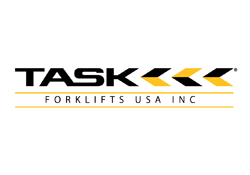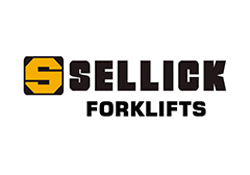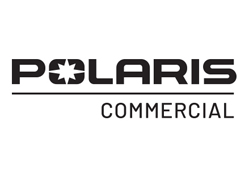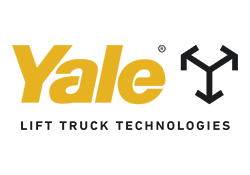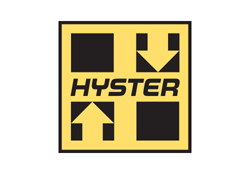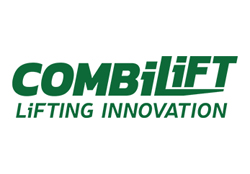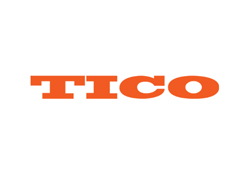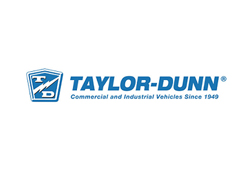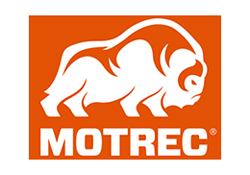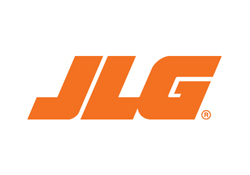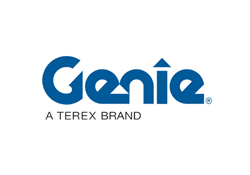Safety Regulations in Aerial Lift Rental: A Complete Guide to Best Practices
In today's fast-paced construction and maintenance industries, the use of aerial lifts has become increasingly prevalent for tasks that require reaching elevated spaces safely and efficiently. However, with the growing reliance on aerial lift rental services comes the responsibility to adhere to safety regulations and best practices. Understanding these guidelines is crucial not only for ensuring the well-being of operators and workers but also for preventing costly accidents and project delays. This complete guide aims to equip you with the essential knowledge on safety regulations in aerial lift rental, enabling you to make informed decisions and implement effective safety measures on your job site.
As you navigate the process of renting aerial lifts, it's important to recognize the various safety standards and regulations that govern their use. From operator training to equipment inspections, this guide will delve into the best practices that can enhance workplace safety and promote a culture of vigilance. Whether you are a contractor seeking to improve safety protocols or a business owner looking to optimize your aerial lift rental experience, understanding and applying these regulations will ensure that your operations run smoothly and safely. Join us as we outline the critical aspects of aerial lift safety that every rental user should know.
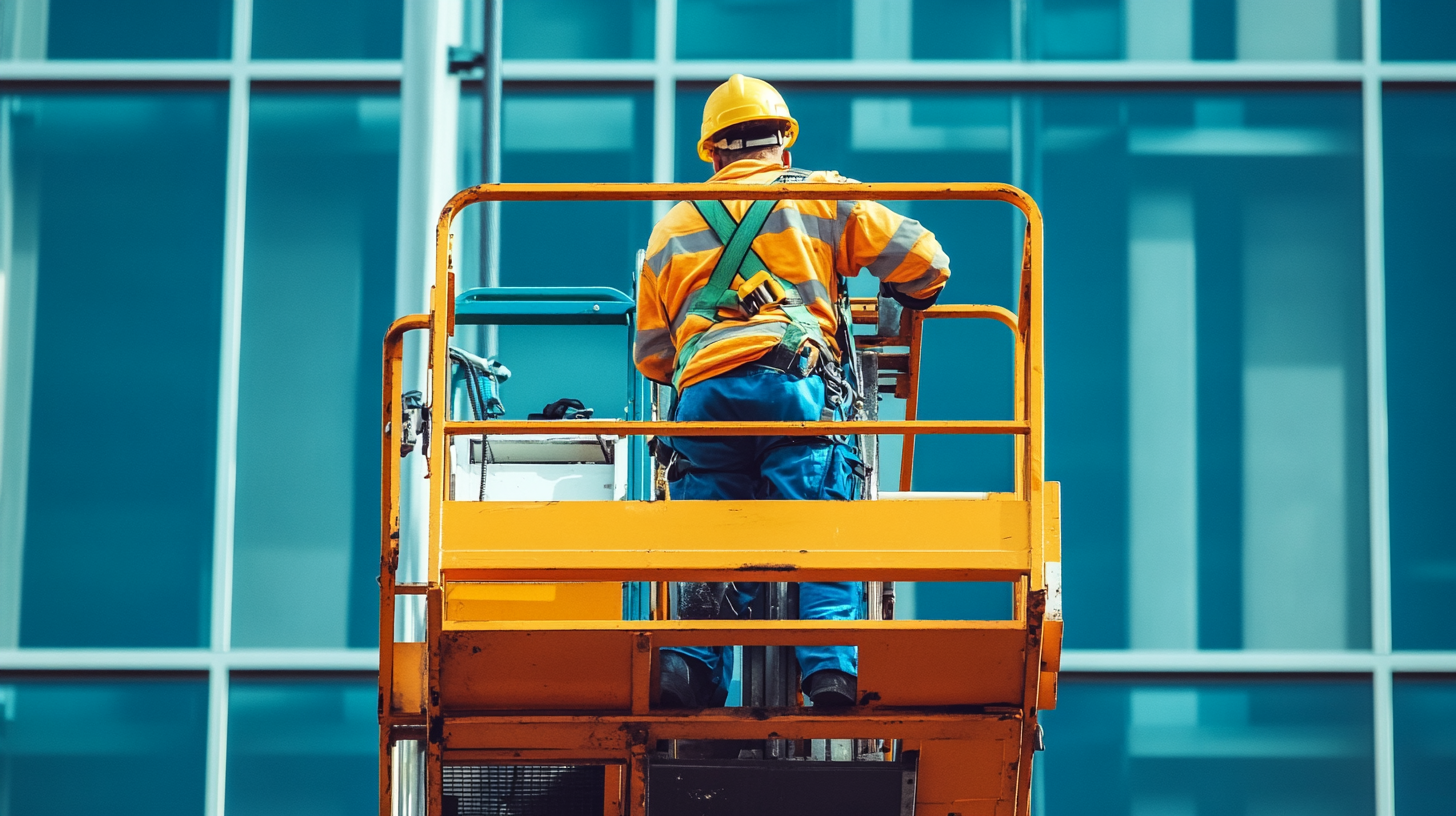
Understanding Aerial Lift Types and Their Specific Safety Regulations
When it comes to aerial lift rentals, understanding the various types and their specific safety regulations is paramount to ensure safe operations. Aerial lifts encompass a range of equipment, including boom lifts, scissor lifts, and vertical lifts, each designed for unique deployments. According to the Occupational Safety and Health Administration (OSHA), improper use of aerial lifts accounts for a significant percentage of job site accidents, highlighting the critical need for targeted safety measures tailored to each lift type. Boom lifts, characterized by their extendable arms, require operators to be well-versed in stabilizing the equipment on uneven surfaces. The American National Standards Institute (ANSI) recommends that operators undergo training that emphasizes awareness of weather conditions and ground conditions, as these can greatly affect the lift's performance and safety. Meanwhile, scissor lifts, predominantly used for vertical lifting, emphasize the need for regular inspections to ensure the integrity of safety features such as guardrails and emergency lowering systems. According to a report by the National Institute for Occupational Safety and Health (NIOSH), failures of these safety mechanisms contribute to falls and accidents, underscoring the importance of adherence to inspection protocols. Each aerial lift type also has specific load capacities and operational limits that must be strictly followed. Research from the International Powered Access Federation (IPAF) indicates that exceeding load limits is a leading cause of lift-related incidents. Therefore, operators must be educated on the unique specifications of each lift, including the maximum allowable loads, to mitigate risks. By fostering a comprehensive understanding of the safety regulations applicable to various aerial lift types, businesses can prioritize safety, thereby reducing the likelihood of accidents in rental and operational settings.
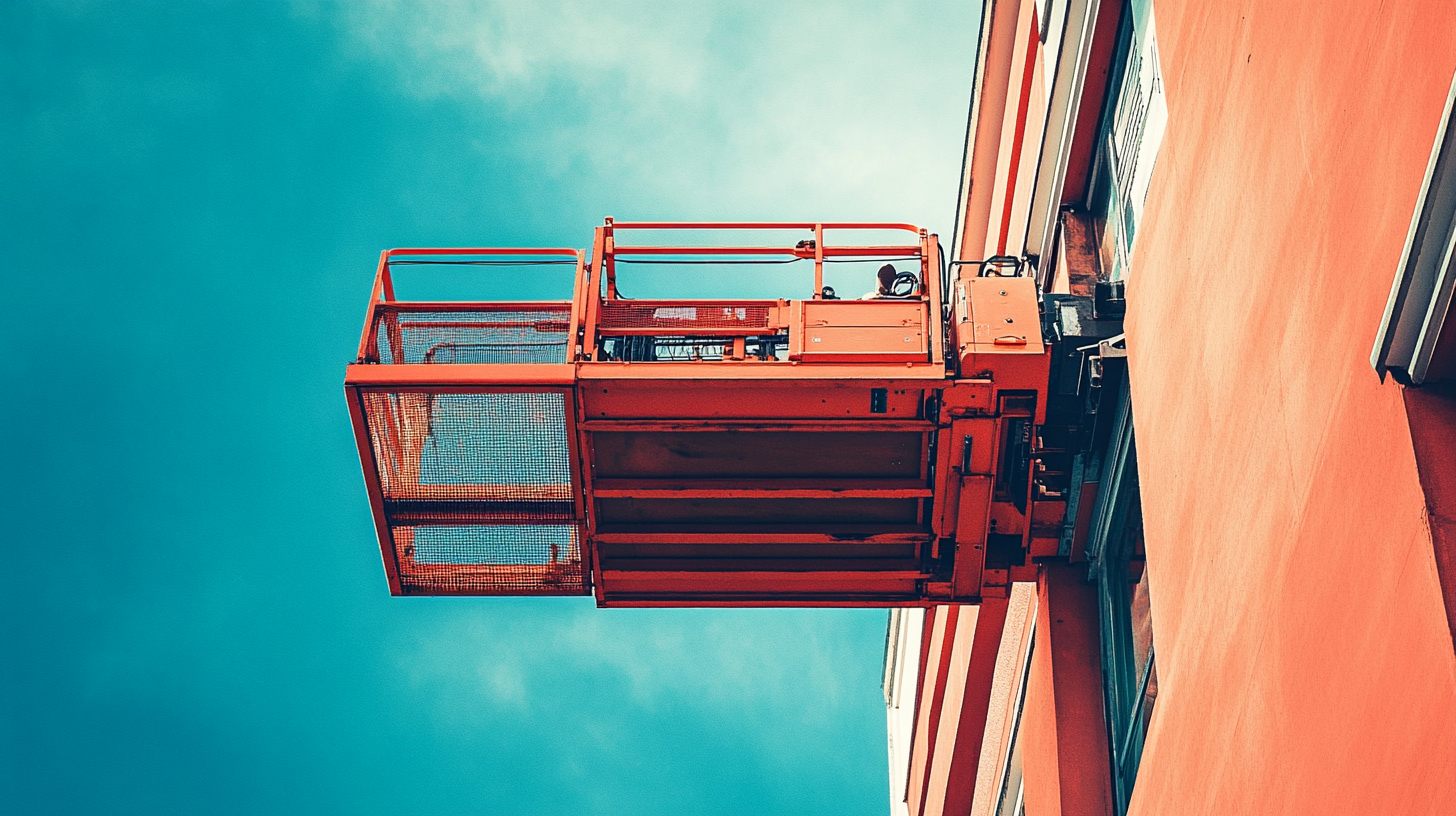
Key Safety Standards for Aerial Lift Operation and Maintenance
Aerial lift operations are essential in various industries, providing the height and reach necessary for construction, maintenance, and other tasks. However, ensuring safety during these operations is crucial. Key safety standards for aerial lift operation and maintenance serve as a vital framework to minimize risks and protect workers. The American National Standards Institute (ANSI) and Occupational Safety and Health Administration (OSHA) provide guidelines that help operators and employers understand the safety protocols necessary for the proper use of aerial work platforms (AWPs).
Proper training is one of the most critical aspects of aerial lift safety. Operators must receive comprehensive instruction on the specific types of lifts they will be using, which includes understanding the equipment’s capabilities, limitations, and operational characteristics. Regular maintenance checks and inspections are also vital to ensure that the equipment remains in optimal working condition. Following manufacturer guidelines for maintenance and adhering to strict inspection schedules can prevent mechanical failures that pose safety hazards.
In addition, environmental factors such as weather conditions must be taken into account when operating aerial lifts. Wind, rain, and uneven surfaces can significantly increase the risk of accidents. By implementing robust safety practices and keeping up with regulatory updates, companies can create a safer working environment and enhance the overall efficiency of their aerial lift operations.
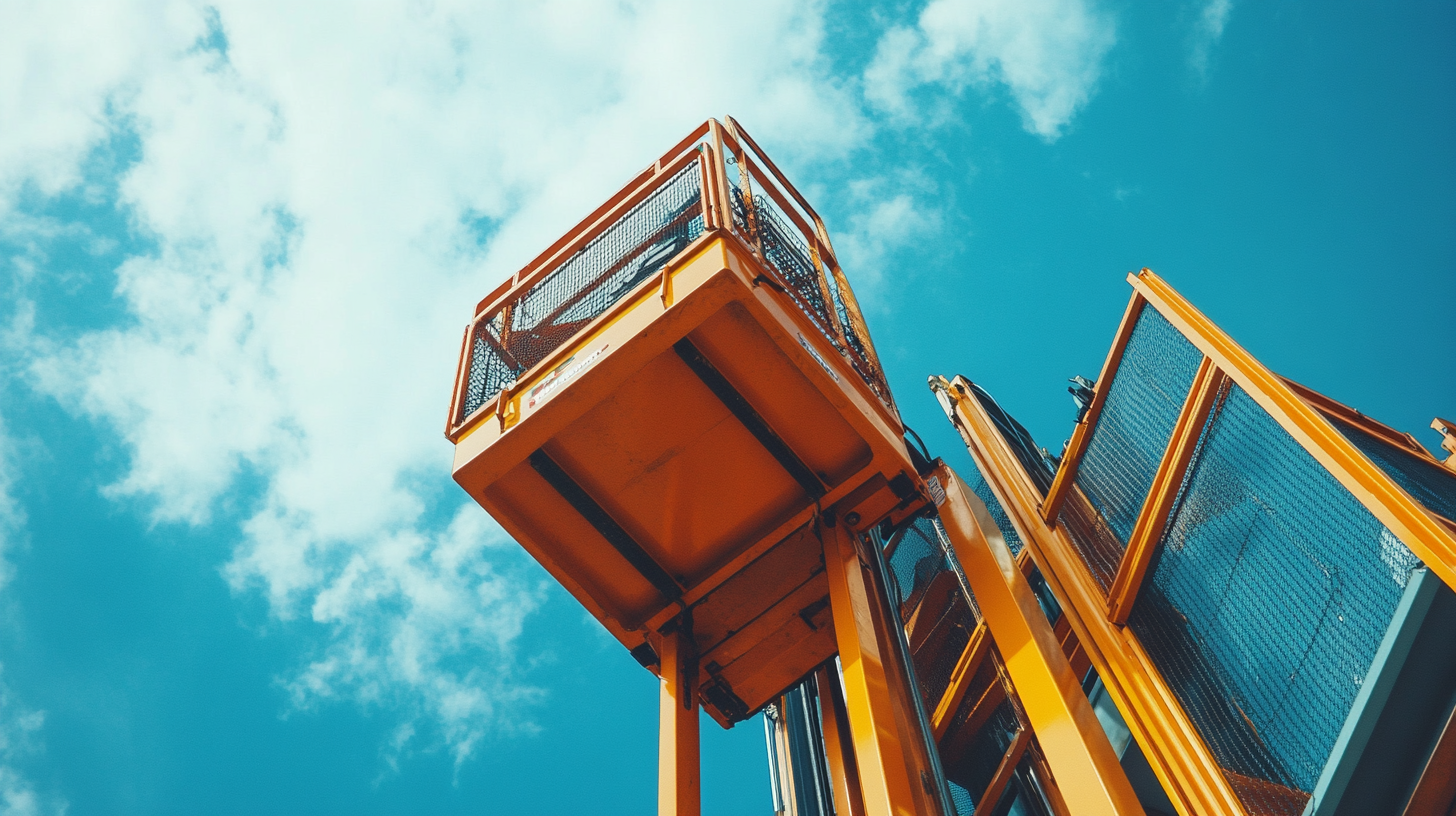
Essential Training Requirements for Aerial Lift Users and Operators
As the rental industry continues to evolve, ensuring that operators and users of aerial lifts are adequately trained is paramount. Recent developments, including the implementation of new global standards for Mobile Elevating Work Platforms (MEWPs), have highlighted the need for systematic training addressing these design changes. Operators must be familiar with the new controls and safety features that manufacturers are incorporating to meet regulatory requirements. This adaptation emphasizes that training needs to be continuously updated, integrating the latest technical advancements and safety protocols.
However, the aerial lift market still has significant gaps in its training practices. Many operators are not receiving comprehensive instruction on the safe utilization of MEWPs, with existing training programs failing to meet industry demands. The recent revisions to standards such as ANSI A92 are crucial, as they dictate the training requirements and safe operational procedures necessary for all aerial lift users. Ensuring that all personnel receive thorough training can significantly mitigate risks and promote safety on job sites.
Furthermore, emerging technologies, like virtual reality training, are transforming how operators are prepared for real-world challenges. These innovative tools provide a safe and immersive environment for users to learn about aerial lift operations, equipment handling, and emergency procedures. As the sector navigates these changes, a commitment to robust training practices will enhance safety for all aerial lift users and operators, ultimately leading to a more secure working environment.
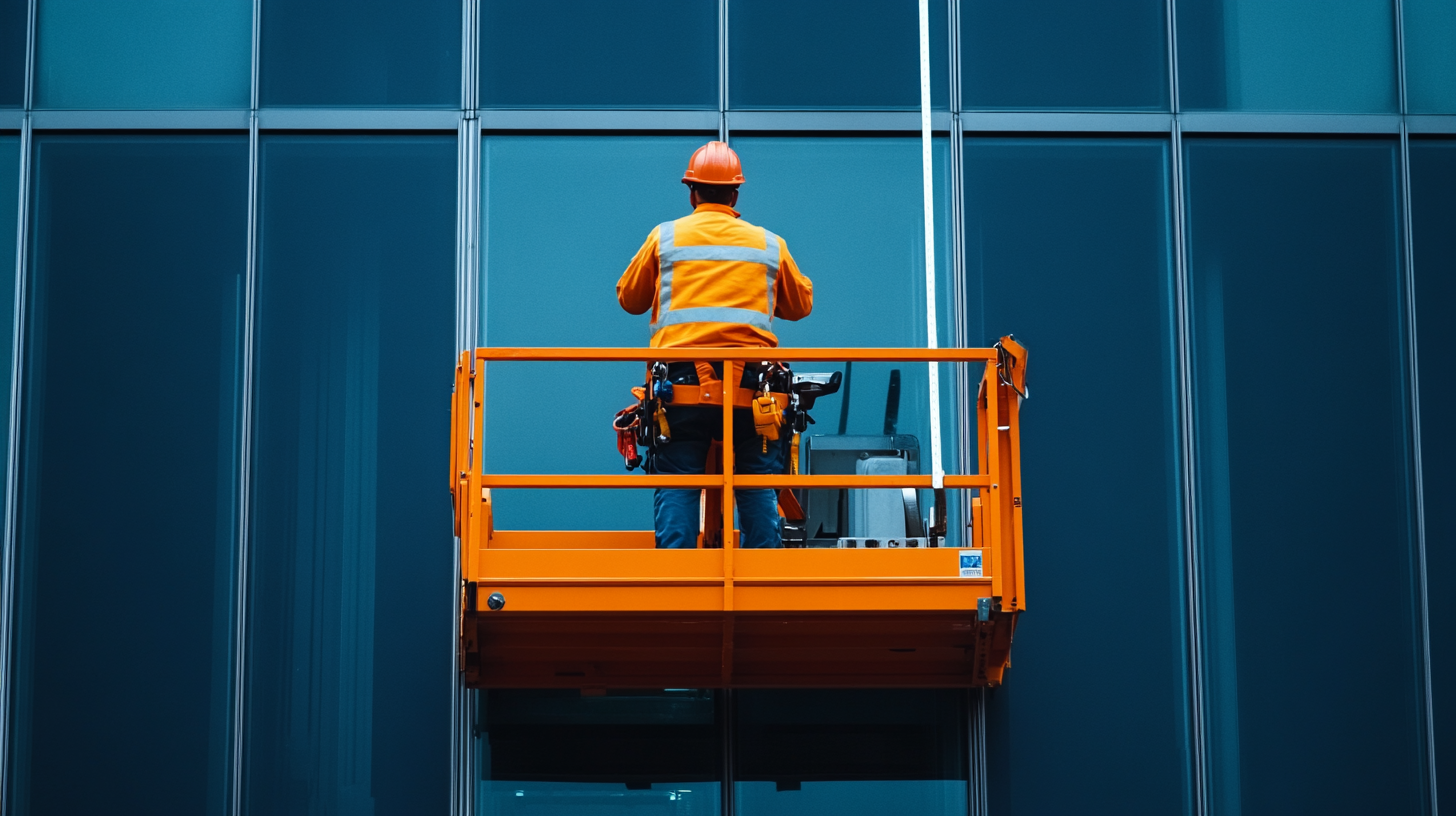
Common Safety Hazards in Aerial Lift Rentals and How to Mitigate Them
When it comes to aerial lift rentals, understanding and mitigating common safety hazards is crucial for ensuring the wellbeing of operators and ground personnel. One of the most significant risks involves falls, which frequently occur in the industry. Operators must be vigilant, adhering to fall prevention guidelines to minimize the chances of slips, trips, and falls on the worksite. Regular training and the utilization of proper safety accessories, such as harnesses and guardrails, are effective strategies to enhance safety in aerial operations.
Another critical hazard to consider is the danger posed by energized power lines. Electrocution is often underestimated compared to falls, but it can be equally deadly. To mitigate this risk, it's vital to maintain safe distances from overhead power lines and ensure that operators are adequately trained to recognize and avoid potential hazards. Incorporating proper signage and safety protocols can further reinforce awareness and caution around electrical risks.
Furthermore, operational innovations are continuously contributing to improved safety in the aerial lift industry. The introduction of secondary guarding systems is a prime example of how technology can aid operators in reducing entrapment risks. These systems require operators to make intentional choices before lifts can be activated, thus minimizing accidental movements. As the industry evolves, remaining up-to-date with the latest safety regulations, equipment advancements, and best practices will not only protect operators but also enhance overall job site safety.
Best Practices for Conducting Aerial Lift Safety Inspections and Readiness Checks
When operating aerial lifts, safety inspections and readiness checks are crucial components that ensure both operator safety and equipment reliability. Conducting regular safety inspections helps identify potential hazards and mechanical failures before they escalate into serious incidents. The best practices for these inspections include a comprehensive checklist that covers all safety features of the aerial lift, from emergency lowering systems and guardrails to the functionality of safety alarms and controls. Operators should be thoroughly trained to recognize the signs of wear and malfunction, ensuring that every aspect of the equipment is scrutinized before use.
In addition to pre-use inspections, a routine schedule for in-depth safety audits should be implemented, including checks of battery levels and hydraulic systems. This proactive approach not only enhances the lifespan of the equipment but also aligns with broader trends in safety regulations seen in other sectors, like the permitting processes for electric vehicle charging stations. Just as municipalities are streamlining their permitting procedures to ensure safety and ease of access, aerial lift rental companies should adopt efficient systems for ongoing safety audits. This involves maintaining detailed documentation of inspections and repairs, creating a culture of accountability, and continuously reinforcing the importance of safety training and compliance among all personnel.
By making aerial lift safety inspections a priority and integrating streamlined practices, operators can significantly reduce the risk of accidents and ensure a safer working environment. The development of robust checklists and protocols reflects a commitment to best practices that is essential in today’s dynamic work sites.

